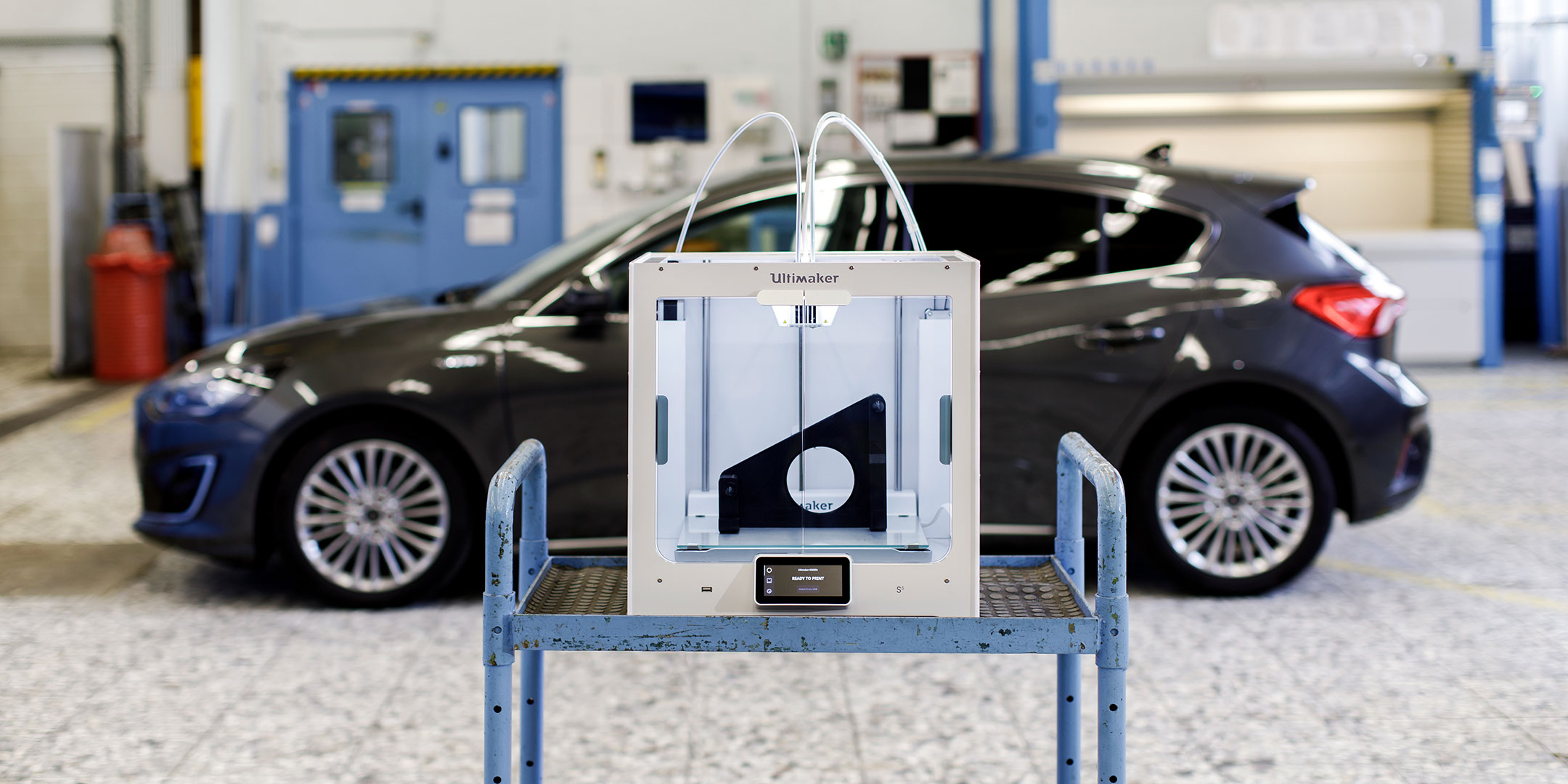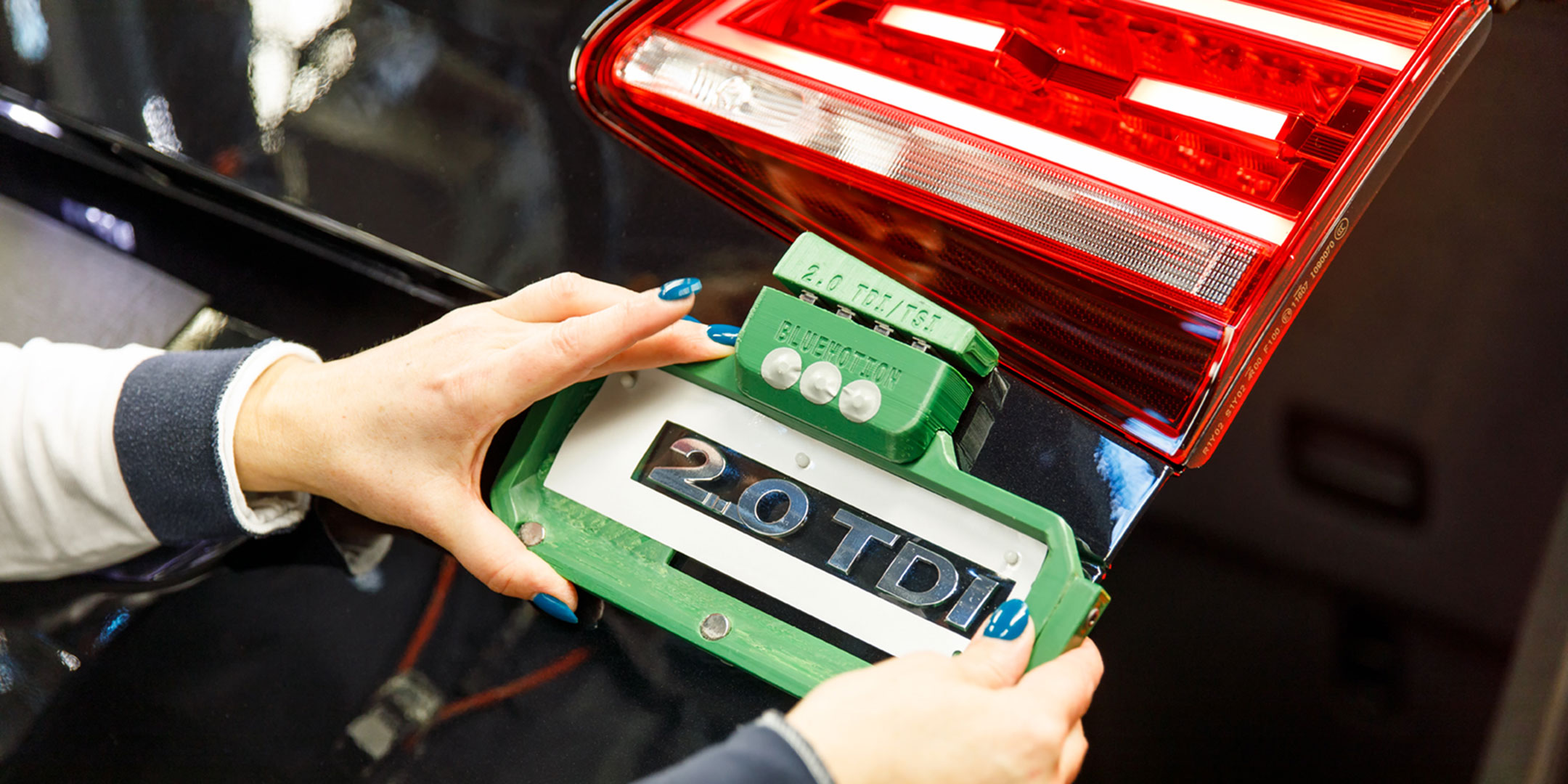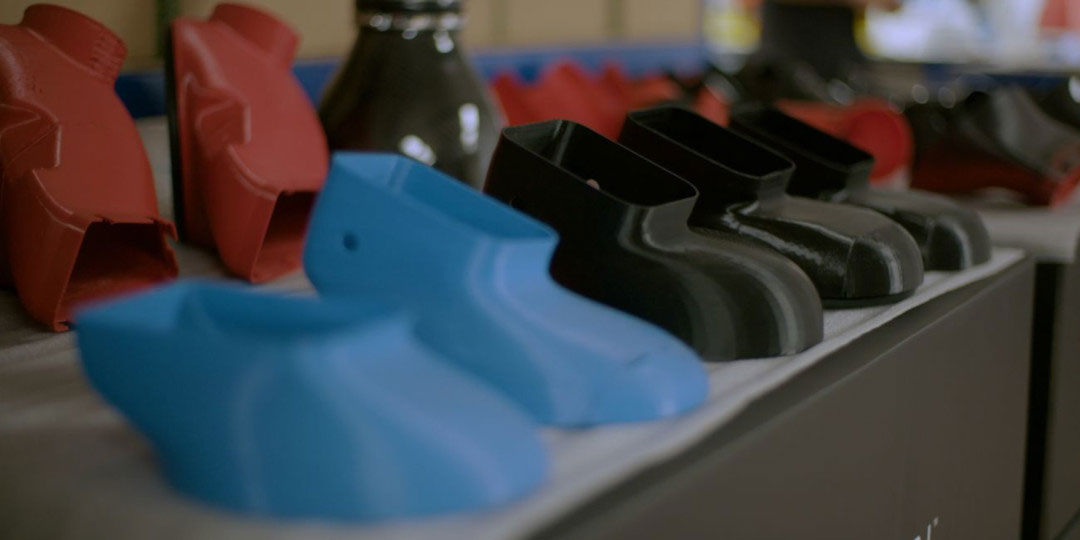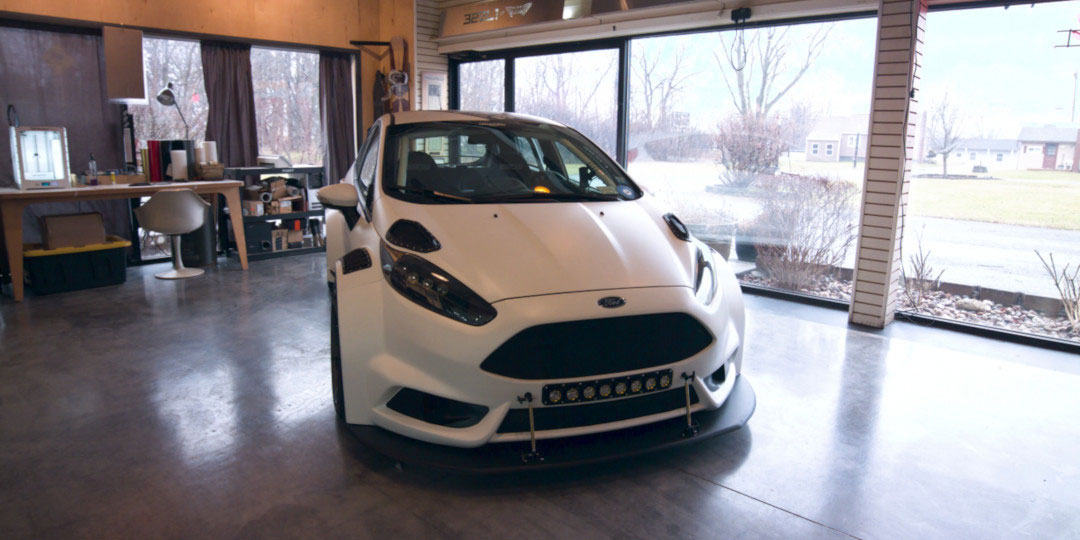Designing and building a vehicle means juggling a lot of moving parts – literally and figuratively. To inefficiently approach any task in the manufacturing or design process means extra time and money spent.
For this to occur regularly is unsustainable, especially in an industry where manufacturing can cost as much as $420,706 per minute. That’s why automotive companies are turning to 3D printing. Using the technology, they are able to design and print tools and parts, such as functional prototypes, jigs, and tools, which are used to increase the efficiency of the manufacturing process.
Custom tools and jigs
At the edge of performance, 3D printing is making a difference. Van Amersfoort Racing competes in various Formula 3 and 4 championships, where tools and jigs – 3D printed with carbon fiber reinforced materials – allow engineers and mechanics to quickly set up and tune cars. While a tenth of a second might not sound a lot, it makes a huge difference in high-end motorsport.
At automotive pilot plants, such as those run by Ford and Volkswagen Autoeuropa, new vehicle models are produced on small-scale manufacturing lines, sometimes years before they enter mass production. These are fast-paced environments, often on the cutting-edge of the industry. Engineers working in these plants do not have time to spare, but are in need a variety of custom tools and jigs, which are used to perform specific tasks on specific vehicles – the Ford Focus alone, for example, requires more than 50.
To allow for fast, affordable iterations – and to keep production lines efficient – Ford and Volkswagen Autoeuropa make use of 3D printing, placing their engineers in control of tool and jig manufacturing, thus freeing up time and energy for what matters most: designing and producing quality vehicles.
“We mostly design the tools here, as we’re trying those tools with the prototype vehicles,” says Raphael Koch, a Research Engineer at Ford. “That means we can really test the tools. If we see the tools are working, we can send the files to local plants, and they can reproduce them for the high-volume production of vehicles.”
Iterative prototypes
Vehicles and automotive parts are born on production lines, but they are conceived through prototyping – an iterative process that is traditionally quite expensive and time-consuming. Those companies which choose to step forward into 3D printing, however, are discovering that the technology can improve workflows and become integral to production.
Eventuri, which develops car intake systems for performance vehicles such as Audi and BMW, is one such company. Using Ultimaker 2+ and Ultimaker 2 Extended+ printers, Eventuri is able to design, create, iterate, and test intake duct prototypes at a fraction of previous cost and time.
Eventuri-designed intake ducts for a BMW M4
“3D printing allows us to be flexible, to really nail the design and get down to the perfect solution,” Bilal Mahmood, Eventuri’s Founder, says.
End-use parts
In its creation of customized car modifications, New York-based Tucci Hot Rods takes 3D printing a step further, resulting in a nearly 90% reduction in production costs while simultaneously allowing the shop to operate at nearly triple its normal speed.
“Without access to 3D printing technology, [parts would have to be] CNC'd by an external machine shop, which can be a lengthy process taking into account the long lead times associated with outsourcing,” Dom Tucci, a Designer at Tucci Hot Rods, says.
The Ford Fiesta ST featured at the 2016 SEMA show
Tucci uses Ultimaker printers for everything from rough mock-ups to final pieces used on customized vehicles. A Ford Fiesta ST, which Tucci Hot Rods displayed at the 2016 SEMA show in Las Vegas, for example, featured a rear taillight section and dashboard piece, as well as other components that had been 3D printed.
Want to learn more about how 3D printing is revolutionizing production processes?


























